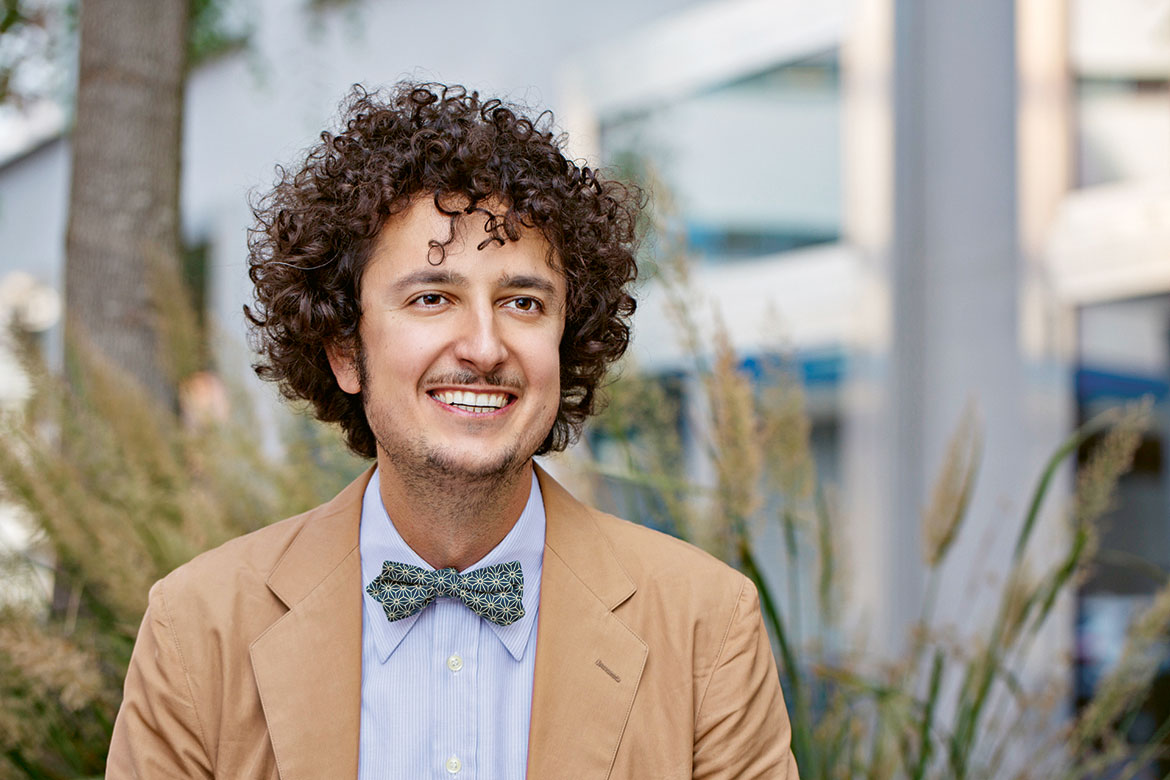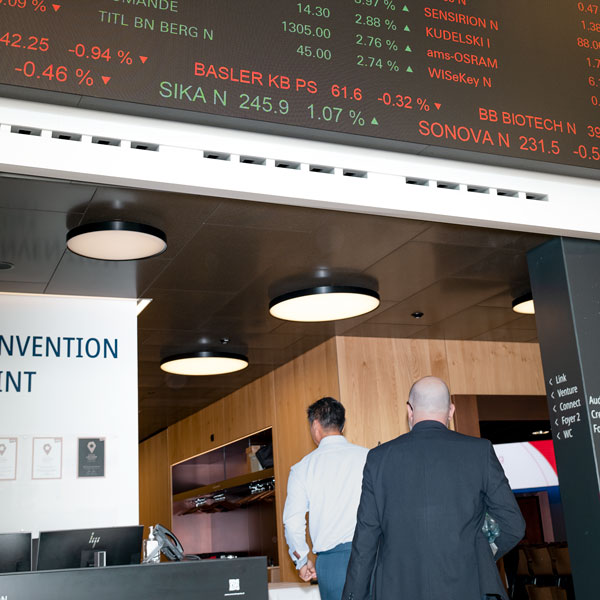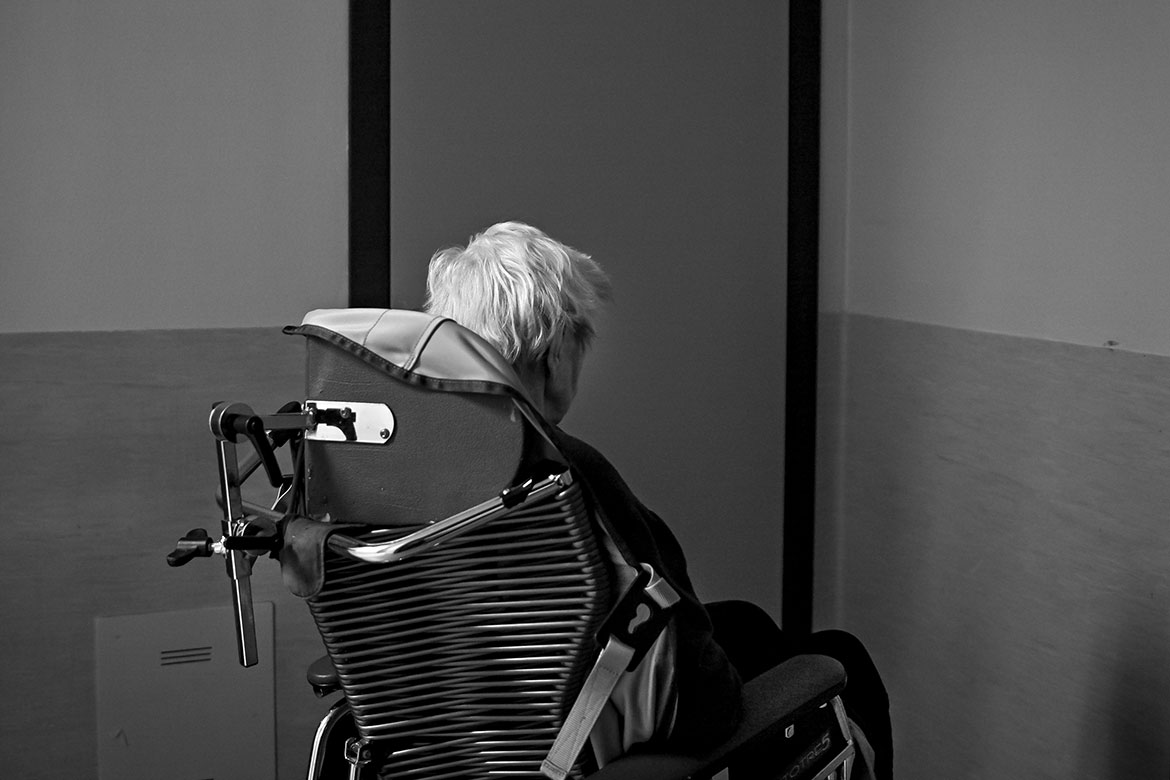“The danger is falling into PR”
Science et Cité (S&C) encourages dialogue between scientists and citizens. Its new president, Nicola Forster, 34, is the founder of Foraus, a think tank for foreign policy, and co-president of the Green Liberal Party (GLP) in Zurich.

Image: Christian Burger
Why the bow tie? More Charlie Chaplin or eccentric professor?
Here, of course, more the eccentric professor. (laughs!)
Science is often accused of being increasingly politicised. Is it a good idea to have a politician as president of Science & Cité?
First, politics is only part of my life. I volunteer both for the GLP and for the foundation. My role is to build bridges with society, and this includes politicians. If they could achieve a better understanding of the importance of science, it would strengthen its impact and legitimacy.
Numerous outreach events take place in Swiss universities, from science bars to workshops for children. What is left for Science et Cité to do?
The fact that other actors are jumping into the same boat shows that we have done valuable work! The difference is that we are neutral. We do not promote our own research or institution. Instead, we connect all the different actors, offering a more strategic, long-term perspective.
What’s working well today in the dialogue between science and society?
Public trust in science is quite high in Switzerland, as shown by the Science Barometer. I think this is related to our good education system, and to the vitality of science museums and events.
And what isn’t working?
I see a danger if science communication falls into PR. If it is perceived as being fake, it can erode public support. In our direct democracy, we need honest, direct conversations with our citizens.
What new ideas do you want to bring?
It was decided to have a young president, which means new formats and new topics. Such as digitalisation, which I know well from my work for Foraus.
Does science really have to reach everyone? After all, some people have no interest in sports or the arts.
I am convinced we can reach many more people with new concepts. When people are not interested, it is in part because communication formats have not been adapted properly.
Is there a risk of oversimplifying science?
Complex issues have to remain complex, even when they are communicated. But not every detail has to be explained. Sometimes it is enough to offer glimpses into the way research works.




